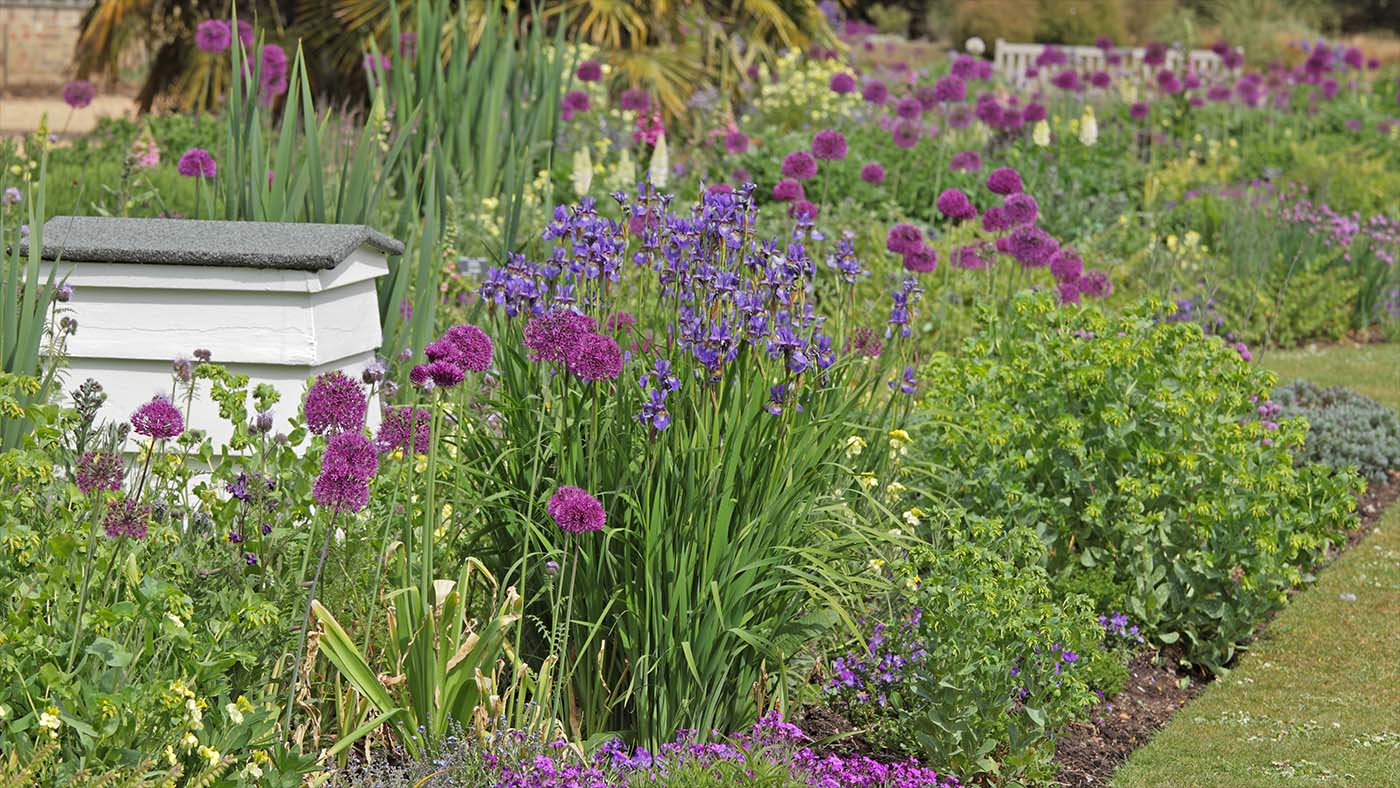Why are flowers so many different colours?
Duration: 1 hour 1 min
Share this media item:
Embed this media item:
Embed this media item:
About this item

| Description: | Uncover the relationship between flowering plants and the animals that pollinate them with Professor Beverley Glover |
|---|
| Created: | 2018-10-25 12:18 |
|---|---|
| Collection: | Alumni Festival 2018 |
| Publisher: | University of Cambridge |
| Copyright: | Isabel Ronaldson |
| Language: | eng (English) |
| Abstract: | The relationship between flowering plants and the animals that pollinate them has fascinated biologists for centuries, and understanding that relationship is more important than ever in a world with increasing demand for food.
Flowers and the animals that pollinate them interact at a single key point – the petal surface. It is this single layer of tissue that provides the visual surface that advertises nectar and pollen rewards. It is on this layer of tissue that pollinators land, finding grip or slipping, and using tactile cues to locate rewards. And it is often from this layer of tissue that the scents that attract pollinators over longer ranges are released. Professor Beverley Glover’s research group takes an integrated approach to understanding the petal, and her recent research has focused particularly on its optical properties – the ways in which it generates colour. She will present recent work on the nanoscale and microscale properties of the petal surface, describing a combination of developmental genetic, evolutionary and pollinator behavioural perspectives. |
|---|---|

